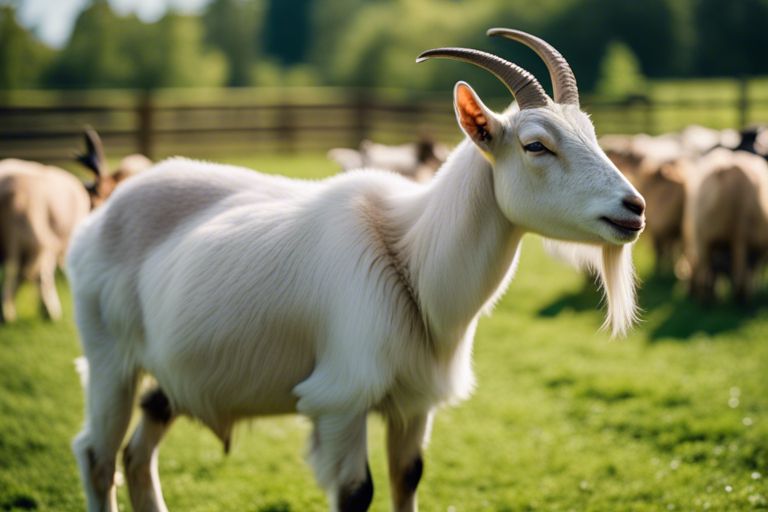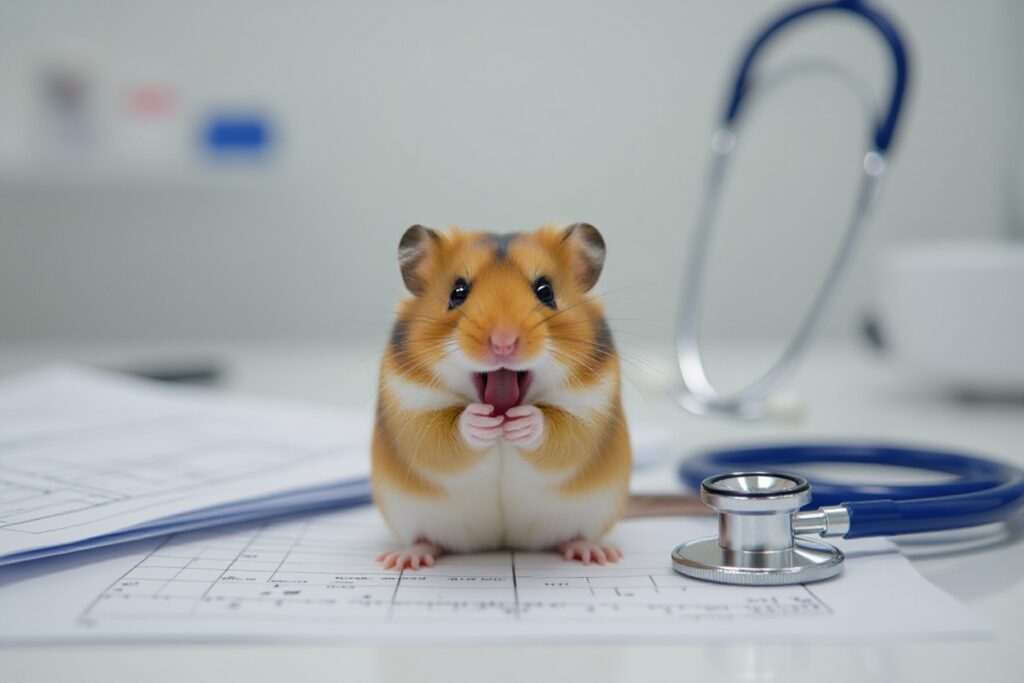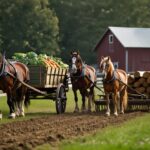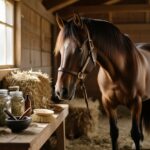It is important for farmers to constantly seek new methods to improve the health and productivity of their livestock. One area that has gained traction in recent years is exploring alternative feeds for livestock nutrition. By diversifying the diet of animals, farmers can potentially enhance their overall well-being while also reducing costs and environmental impact. In this blog post, we will probe into the world of alternative feeds, discussing their benefits, challenges, and potential impact on the livestock industry.
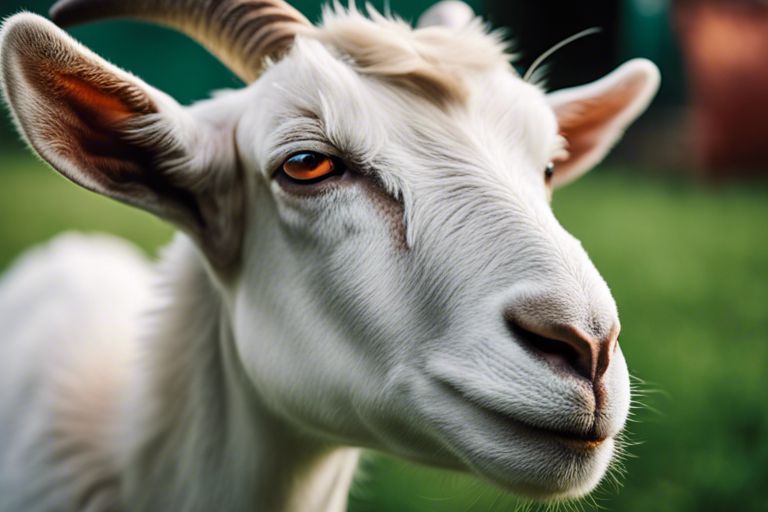
Economic and Environmental Impacts of Traditional Livestock Feeding
Cost of Traditional Feedstocks
Cost is a crucial factor in livestock feeding, with traditional feedstocks such as corn, soybeans, and alfalfa being the main sources of nutrition. The cost of these feedstocks can fluctuate based on factors like weather conditions, market demands, and transportation expenses. Farmers often face challenges in managing feed costs, as they directly impact the profitability of livestock operations.
Environmental Concerns
Feedstocks used in traditional livestock feeding can have significant environmental impacts. The cultivation of crops like corn and soybeans for animal feed contributes to deforestation, soil erosion, and water pollution. Additionally, the intensive use of chemical fertilizers and pesticides in feed crop production can harm ecosystems and biodiversity.
To mitigate these environmental concerns, sustainable farming practices such as crop rotation, cover cropping, and reduced chemical inputs can be implemented. By diversifying feed sources and reducing reliance on traditional feedstocks, farmers can help preserve natural resources and reduce the ecological footprint of livestock production.
Types of Alternative Feeds
Clearly, exploring alternative feeds for livestock nutrition is crucial for sustainable agriculture practices. Livestock farming can benefit from a variety of alternative feeds that provide necessary nutrients and promote animal health. Knowing the different types of alternative feeds available will help farmers make informed decisions about their livestock nutrition.
| Plant-Based Alternatives | Insect-Based Alternatives |
| Seeds | Black soldier fly larvae |
| Roots and tubers | Mealworms |
| Leaves and forage | Crickets |
| By-products | Grasshoppers |
| Fruits and vegetables | Ants |
Plant-Based Alternatives
Alternatives to traditional feeds like grains and hay include plant-based alternatives that can provide a rich source of nutrients for livestock. These alternatives often consist of seeds, roots, tubers, leaves, forage, and by-products from various agricultural activities. Incorporating plant-based alternatives into livestock diets can diversify their nutrient intake and contribute to overall animal health.
Insect-Based Alternatives
On the other hand, insect-based alternatives have gained popularity as a sustainable and nutrient-rich feed option for livestock. Insects such as black soldier fly larvae, mealworms, crickets, grasshoppers, and ants are rich in protein, fats, and necessary minerals. Livestock feed formulated with insect-based alternatives can improve feed efficiency and reduce environmental impact, making it an attractive option for sustainable livestock farming practices.
To further enhance the nutritional value of livestock feed, some farmers may choose to supplement traditional feeds with insect-based alternatives to improve the overall health and productivity of their animals. Insect-based alternatives offer a sustainable solution to increasing the protein content of animal diets while reducing the reliance on conventional feed sources such as soy and fishmeal.

Nutritional Analysis of Alternative Feeds
Comparing Nutrient Profiles
| Feed Type | Nutrient Content |
| Alfalfa | High in protein and fiber |
| Beet Pulp | Rich in energy but low in protein |
| Mealworms | Excellent source of protein and fats |
Ensuring a Balanced Diet for Livestock
Feeds for livestock must provide a balanced mix of protein, carbohydrates, fats, vitamins, and minerals for optimal health and growth.
It is necessary to analyze the nutrient content of alternative feeds compared to traditional feeds to ensure livestock receive a well-rounded diet. By carefully selecting a combination of feeds, livestock can meet their nutritional requirements and thrive.
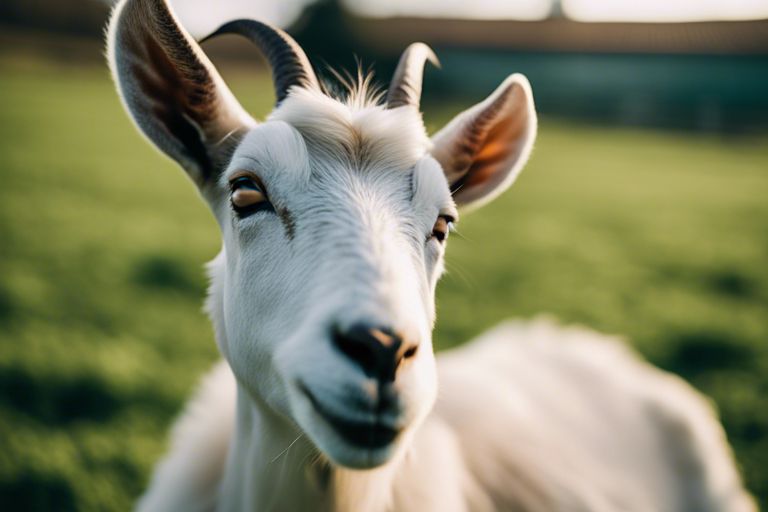
Implementing Alternative Feeds on a Large Scale
Feasibility and Adoption Challenges
On the journey to implementing alternative feeds on a large scale for livestock nutrition, one of the major challenges is the feasibility and adoption hurdles that agriculture industries may face. The costs associated with sourcing, processing, and feeding these alternative feeds can be significant, requiring initial investments and resources that not all farmers may have readily available.
Success Stories and Pioneering Farmers
The success stories of pioneering farmers who have successfully implemented alternative feeds into their livestock nutrition programs serve as beacons of hope and inspiration for the wider agricultural community. These farmers have shown that with dedication, experimentation, and the right support systems in place, it is possible to transition to using alternative feeds sustainably and effectively.
Their experiences provide valuable insights into best practices, potential pitfalls to avoid, and the overall benefits that can be reaped from diversifying livestock nutrition sources. By sharing their knowledge and successes, these pioneering farmers play a crucial role in paving the way for widespread adoption of alternative feeds in the agricultural sector.
Another important aspect to consider when looking at success stories and pioneering farmers in implementing alternative feeds for livestock nutrition is the diversity of approaches and strategies that have been employed. Each success story offers unique lessons and perspectives, showcasing the adaptability and versatility required to overcome challenges and thrive in this evolving landscape.
To wrap up
Exploring alternative feeds for livestock nutrition is crucial for ensuring the sustainability and efficiency of livestock production. By diversifying feed sources, farmers can reduce their reliance on traditional feeds, address environmental concerns, and improve the overall health and productivity of their animals. Incorporating innovative feed options such as by-products, insects, algae, and novel plants can lead to more cost-effective and nutritious diets for livestock. It is necessary for farmers, researchers, and policymakers to continue investigating and promoting the use of alternative feeds to help meet the growing global demand for livestock products while minimizing environmental impact.
FAQ
Q: What are alternative feeds for livestock nutrition?
A: Alternative feeds for livestock nutrition are feed ingredients other than traditional grains and forages that can be used to supplement or replace conventional feed sources.
Q: Why consider using alternative feeds for livestock nutrition?
A: Using alternative feeds can help diversify the diet of livestock, provide cost-effective feeding options, and reduce dependence on traditional feed sources.
Q: What are some examples of alternative feeds for livestock?
A: Examples of alternative feeds include byproducts from food processing industries, such as distillers grains, soybean hulls, and beet pulp, as well as unconventional feed sources like insects and seaweed.
Q: How can alternative feeds benefit livestock health?
A: Alternative feeds can provide a range of nutrients that may not be present in traditional feeds, potentially improving animal health and performance. They can also help prevent nutrient deficiencies and enhance immune function in livestock.
Q: What considerations should be taken when using alternative feeds for livestock nutrition?
A: It is important to consider factors such as nutrient composition, availability, cost, and potential impacts on animal health when incorporating alternative feeds into livestock diets. Working with a nutritionist can help develop balanced rations that meet the specific needs of the animals.
Q: Are there any risks associated with using alternative feeds for livestock?
A: Risks associated with alternative feeds include potential contamination, variability in nutrient content, and the presence of anti-nutritional factors. Proper sourcing, storage, and processing of alternative feeds can help mitigate these risks.
Q: How should alternative feeds be introduced into livestock diets?
A: Alternative feeds should be introduced gradually into livestock diets to allow for adaptation and minimize digestive upsets. Monitoring animal health and performance closely when incorporating new feed ingredients is crucial to ensure optimal outcomes.
